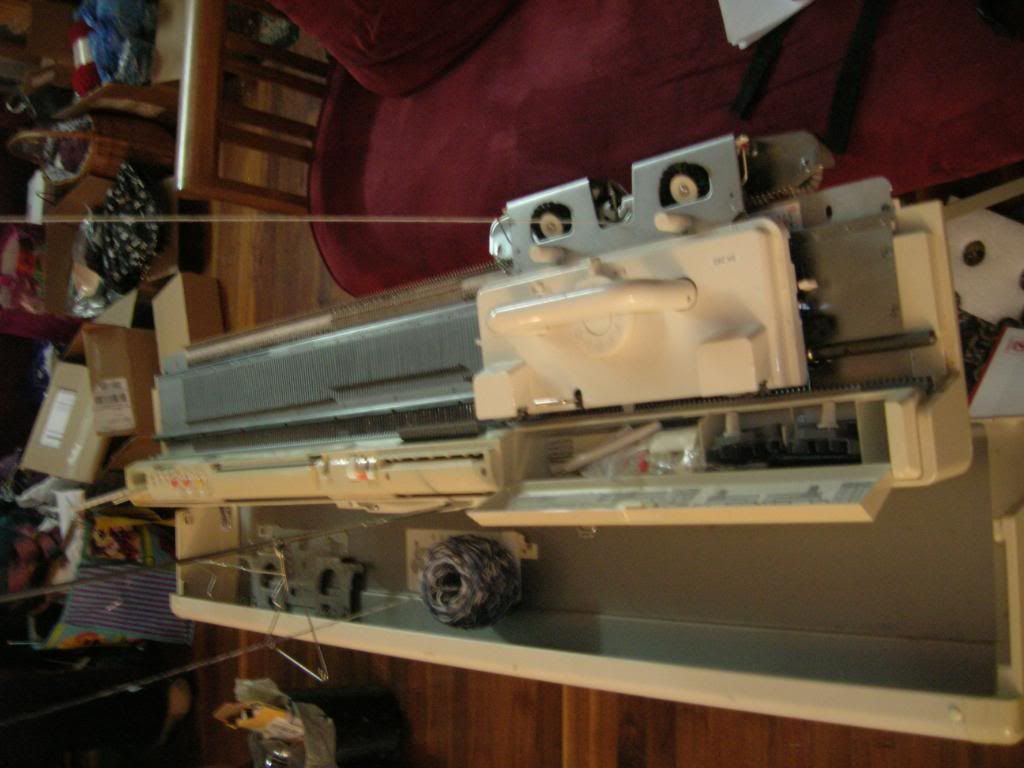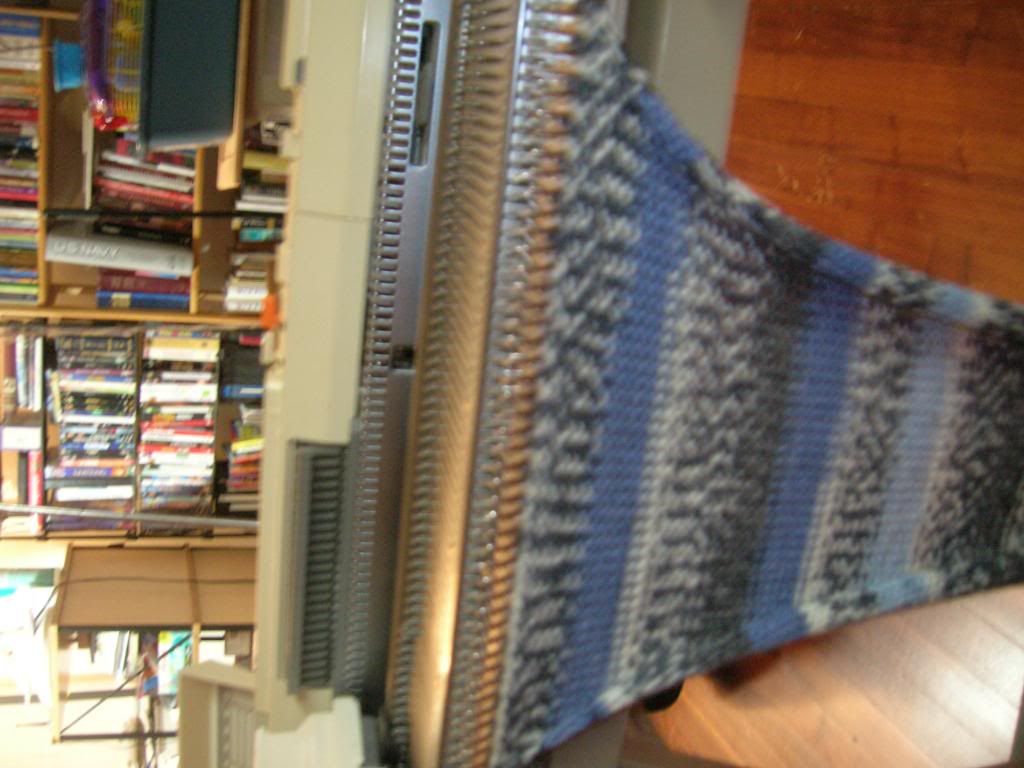"If a nation expects to be ignorant and free, in a state of civilization, it expects what never was and never will be."
-- Thomas Jefferson
Particularly in this latest election cycle, the Constitution is receiving a lot of attention. The Constitution was completed by the Delegates to the convention on September 17th 1787.
The Constitution was the result of a trade dispute between Virginia and Maryland. At issue were tolls and tariffs levied by both states on Potomac river commerce, as well as Chesapeake Bay Commerce. The parties met several time between 1784 and 1786 to discuss trade issues. Culminating in the 1786 Annapolis Convention. As a result of difficulties discovered in the Articles of Confederation, the Annapolis meeting called for a Convention in Philadelphia to make corrections to the Articles of Confederation.
There were several different positions, presented during the Philadelphia convention. The major differences were over whether the Convention had the authority to present a completely new document rather than a revision of the existing one. Ultimately enough delegates persevered through the debate and presented the document and process that are the Constitution.
To truly understand our Constitution, its operation and the rights and responsibilities of citizenship more is required than merely reading the document. As seen in the brief introduction there is a considerable background needed to understand the creation of the Constitution.
After it was ratified by the Convention and presented to the Continental Congress, it was presented for debate and ratification to the member states of the Confederation. During the ratification debate one of the finest series of essays written on the operation and intentions of the Constitution was presented to the Citizens of New York. Known to day as the Federalist Papers, they were presented over a period of several weeks. The authors originally took the pseudonym
Publius. Eventually the identity of the writers was revealed. Alexander Hamilton, James Madison and John Jay had attended the Convention and taken part in the debates. Recognizing that New York was a critical, perhaps the make or break state for ratification they rose in defense of their creation, and gave us one of the critical tools for understanding the Constitution.
The anti-Federalists also took advantage of the press and presented issues and solutions to problems that they saw with the proposed constitution. The principle evidence of their work was incorporated into the Constitution and became the first ten amendments to the Constitution. We know these changes as the Bill of Rights.
In recent years several scholarly collections of Anti-Federalist literature have been made, these essays are the third important source of understanding for the Constitution. Many of the criticisms still resonate today, and are being repeated in modern language yet again.
The least talked about, but possibly most important source of information on the interpretation of the Constitution comes from the 200 plus years of rulings by the Supreme Court. A relatively naive reading of the Constitution without reference to the opinions of The Court quickly leads to confusion about how various laws, rules and principles of the Constitution work in our daily life.
Since the 1950's the Scholars of the Congressional Research Service, compile a volume of annotations to the Constitution taken from the Cases of the Supreme Court. Many of the Cases that come before the Supreme Court arise from issues where one principle of the Constitution must be balanced against another principle. Over time, some of the decisions have come to be regarded as brilliant explanations of our law. Others, which stretched the limits of the court at the time of the ruling, have been altered, extended or rejected in favor of new theories and principles.
I urge everyone with an interest in the way that our Country works to spend some time examining the Constitution, the Federalist and Anti-Federalist writings and the Opinions of the Supreme Court as applied to our current understanding of the Constitution.
UpdateMy purpose today is not to tell you what to think of the Constitution, but to urge you to think about it and study it.
References:- The Constitution of the United States of America
- The Federalist Papers (Perhaps the most readable version I've seen)
- The Anti-Federalist Papers (Best online Collection) (The Borden Collection Collects the Anti-Federalist works and pairs them with Federalist Papers)
- The Annotated Constitution of the United States HTML hyperlinked version. Authoritative Version by GPO
- The Founder's Constitution readings on the background of the Constitution
Note: These are references that I have used, they may not be the best possible ones, but they are certainly not the worst.









